Mix and match microgame mayhem.
I’m conflicted by WarioWare: Get It Together! This is somewhat by design, as the game is all about conflicts. Urgent, ridiculous, three-second conflicts. And whereas its traditional microgame formula is largely intact, a couple of development decisions can lessen their impact if you’re unwilling to adapt.
Through a nonsensical story about game development gone awry, players find Wario and his employees trapped inside a gaming system all TRON style, forced to play a series of games all TRON style. It’s not as deadly as in TRON, however. Here, the developers are tasked with cleaning the bugs from their particular game, and they do this in a madcap series of very quick microgames.
It’s the added personalities that change up the traditional WarioWare progression. The game starts with Wario, but each section you play through adds one or more characters to the mix, all of whom have their own movement and attack methods. Wario flies around with a jetpack. 18-volt sits in one spot and fires rings from his head. Mona rides a scooter that only stops when you throw her boomerang. You’re always forced to use a particular character on his/her level, but you’ll also be able to fill the lineup with a few others you’ve unlocked. Characters from your selected list are then randomly chosen on each microgame, adding to the unpredictability.
There are over 200 microgames in WarioWare: Get It Together! This seems like a lot, but considering each level uses up around 15 of them, you could end up playing them all very quickly. As such, the mechanic of using characters with different abilities does prevent the gameplay from getting stale too quickly. Instantly recognizing, “Oh, this is the one where I have to get into the properly colored boxcar,” is only part of the fight when you also have to figure out how to even get there.
Some characters will become your favorites, while you’ll only use others when you have to. I tended to favor Wario, 18-Volt, and Mona, while my 10-year-old son (with whom I spent the vast majority of my review period) liked Wario, Young Cricket, and Ashley. But even with your preferred lineup, there will be times when you simply have the wrong character for the particular microgame. That can be frustrating, but having to replay levels is not a bad thing here, It’s expected, and it’s part of the fun.
I’m assuming you know by now how the microgames work. You’re presented with a screen and some objects, and you’re given a matter of seconds to figure out what to do and then do it. The game will give you a brief command (Tweeze. Draw. Collect All.), then you need to figure out how to use your character’s abilities to make it happen.
Complete around 15 of them, and you’ll face a boss battle that gives more time to accomplish the goal, but makes the goal harder to achieve. The urgent pacing is fantastic, and the hyperactive music helps to create some wonderfully frantic and ridiculous moments. If you run out of “lives” before reaching the boss (or while battling the boss), you can either start the level over from the beginning or use your saved-up coins to start from where you left off.
My aforementioned conflict arises from the way the game is played. The game’s main story mode is set up for one or two players (one system or local wireless). Single-player is the easier way to go, as you won’t end up conflicting with your partner. It’s not nearly as much fun, however, as finally completing a level with a partner really amplifies the elation.
The trouble is that you have to play through the story mode in order to unlock other game variations, likely so you’re forced to learn about the various character controls. As such, don’t expect to have a multiplayer party straight out of the box.
Once you’ve gained access to everything, however, there are numerous multiplayer options to keep you entertained well after you’ve finished the story. There are two battle modes. There’s a version of hot potato. There’s a Mario Party-style board game. These and a couple or others allow for up to four-player simultaneous action. Some are two-player only, however, so your options will vary based on the number of people in your living room. And if you’re by yourself, Wario Cup gives you weekly challenges to complete and rankings to achieve.
WarioWare: Get It Together! is certainly fun and frenetic, but it’s too quirky to appeal to all gamers. Unlike the Mario Party games, for example, that have logical goals and a clear path to obtain them, the random nature of WarioWare will likely just confuse and put off the more casual party gamers. If you’re able to lock into its groove, however, it has more than enough variety and character to keep you and your friends entertained for a long time to come. If you’re not sure to which side you’ll fall, the free demo will help you figure it out.
Review: WarioWare: Get It Together! (Nintendo Switch)
Very Good
WarioWare has traditionally been one of the more bizarre entries in the Nintendo catalog, but it has always been a welcome one. And although the crazy microgame approach won’t appeal to everyone, WarioWare: Get It Together! freshens up the approach just enough to make sure longtime fans will want to check it out.

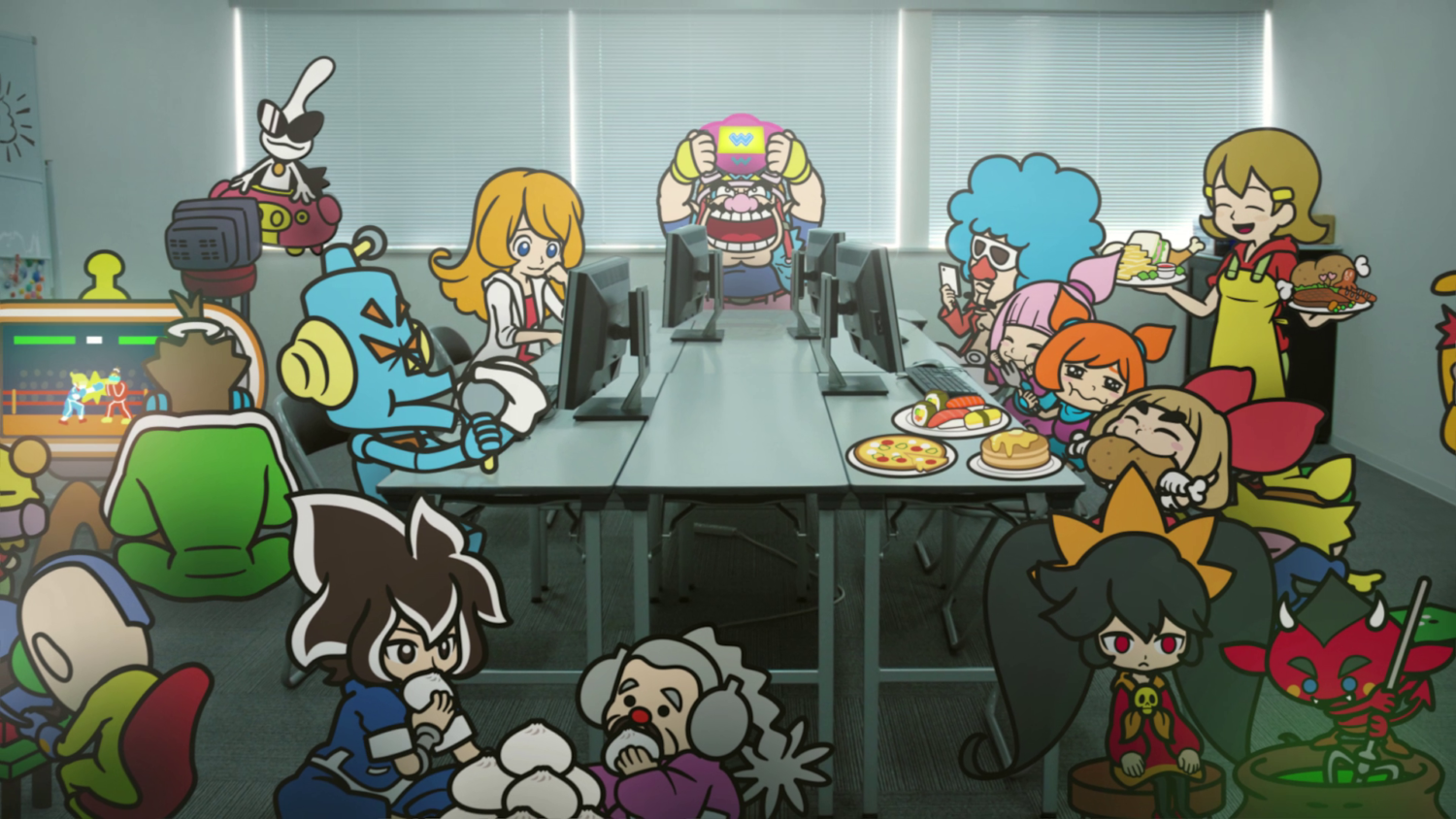
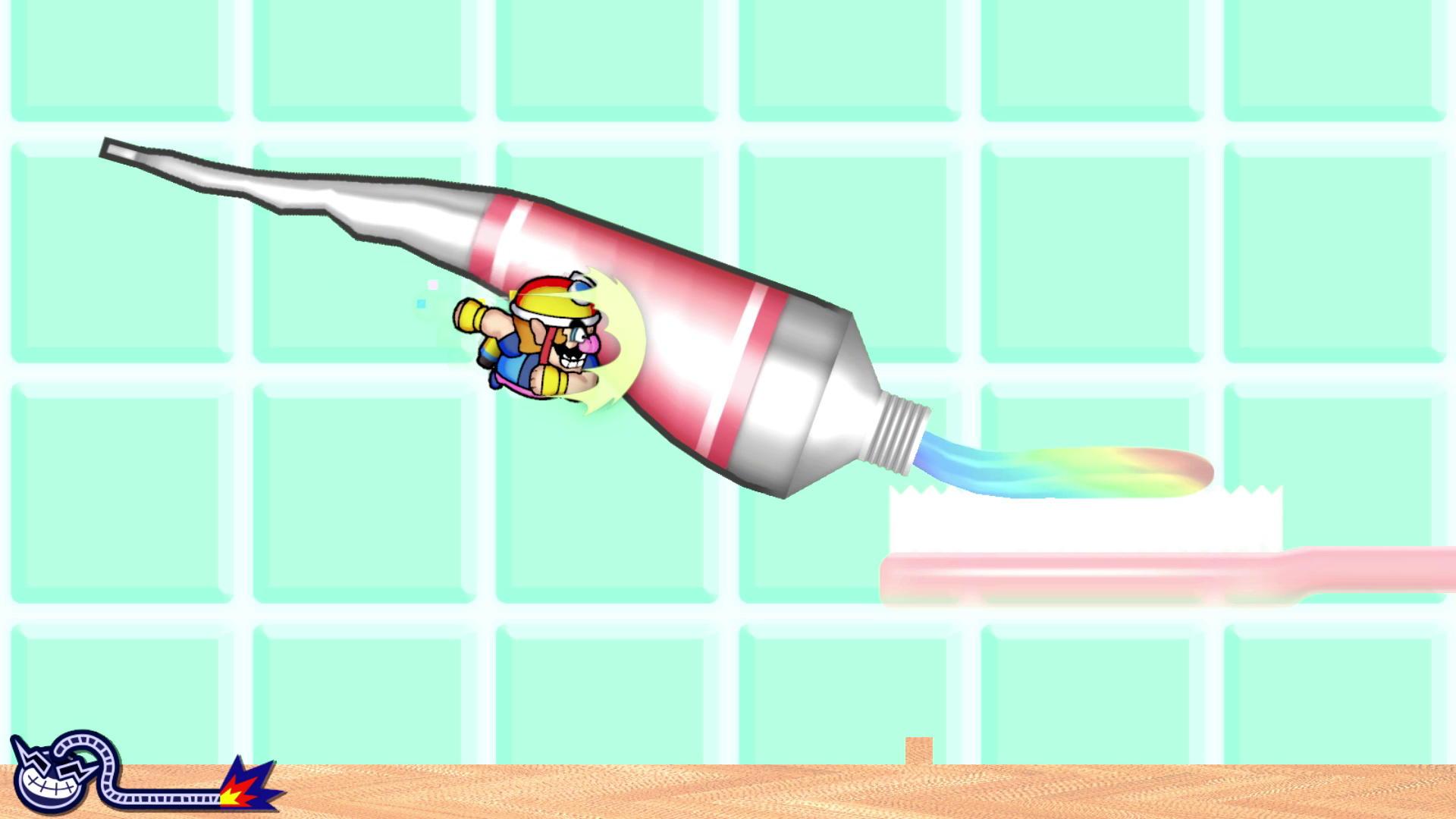
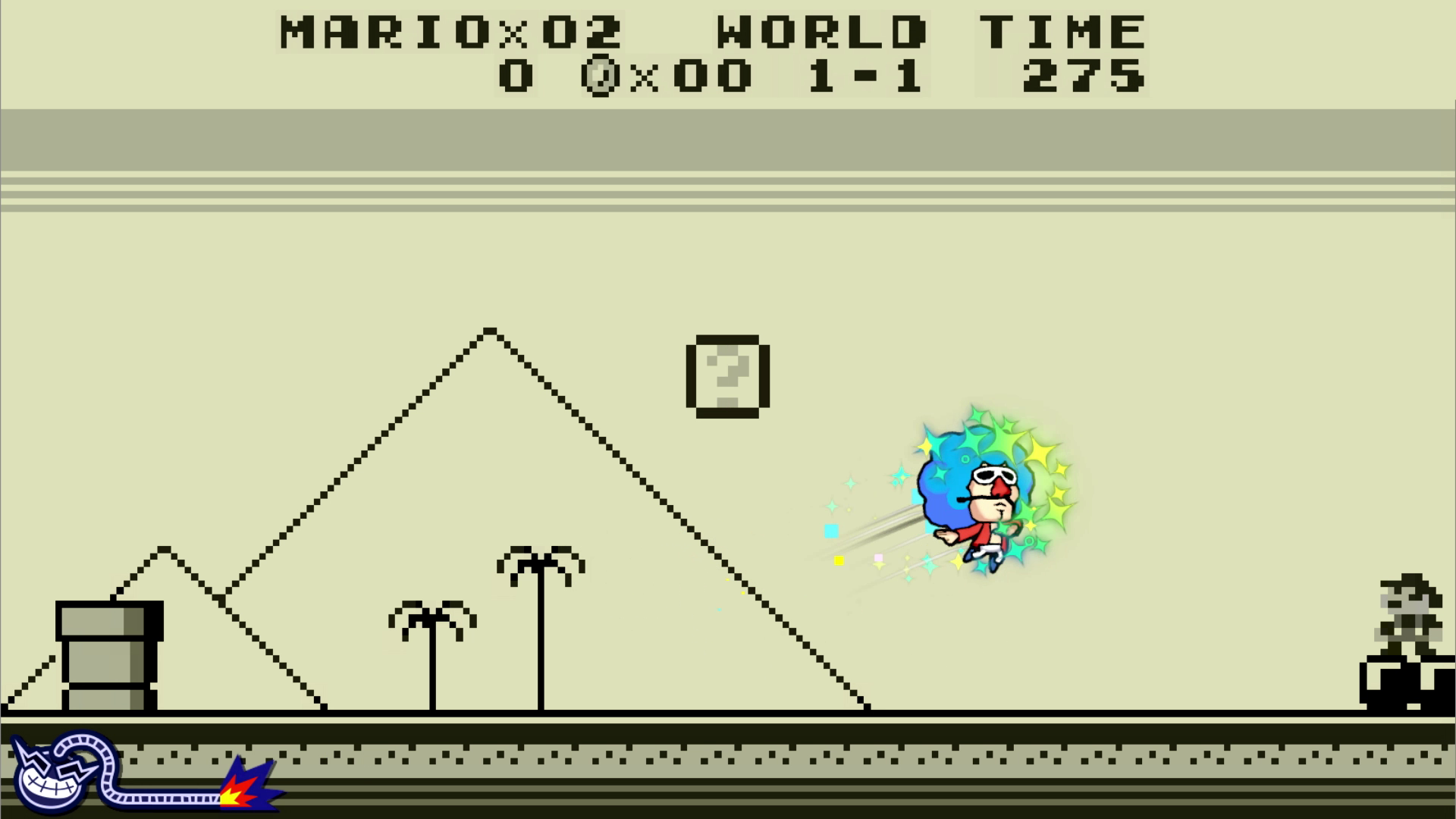

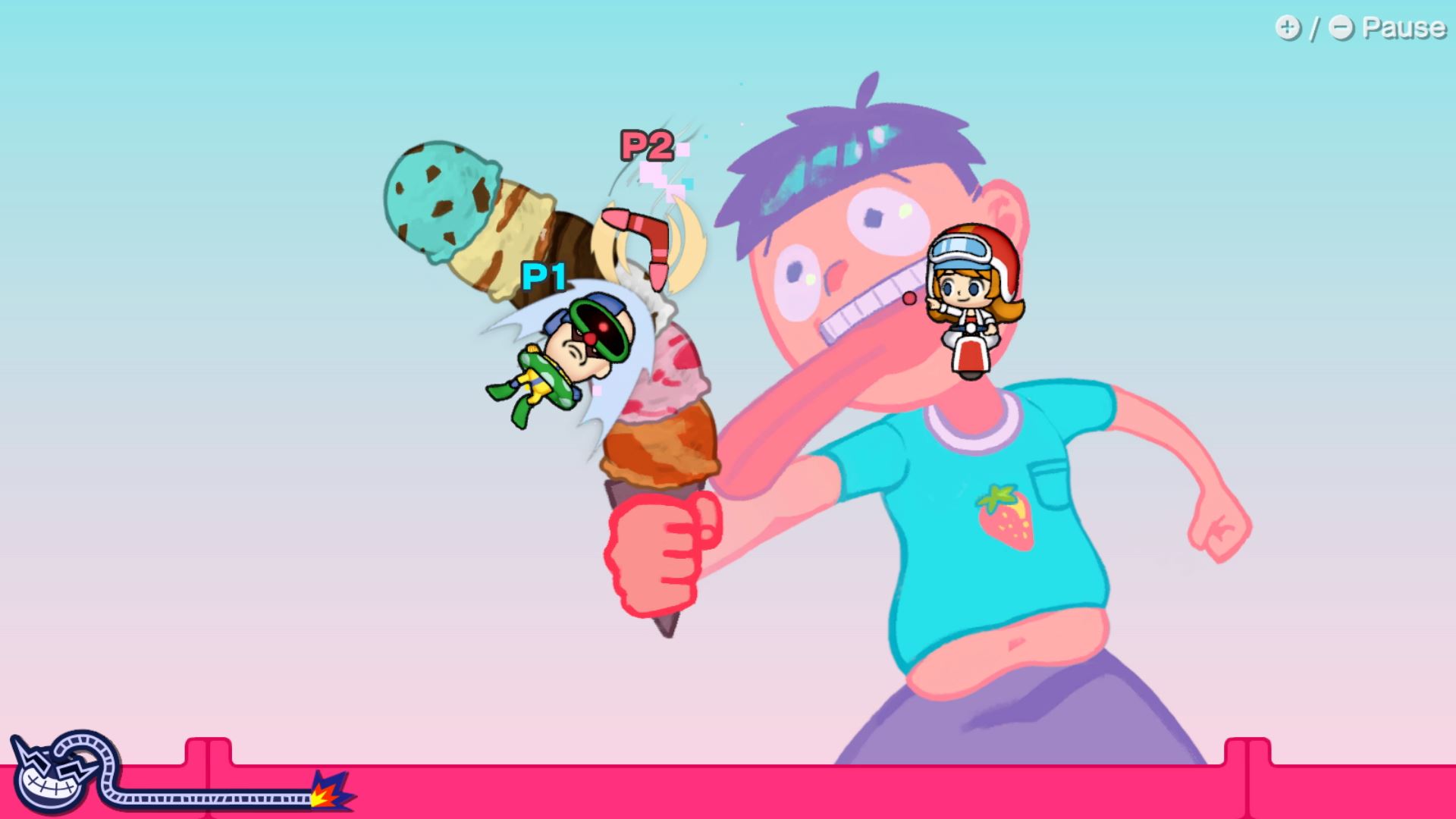
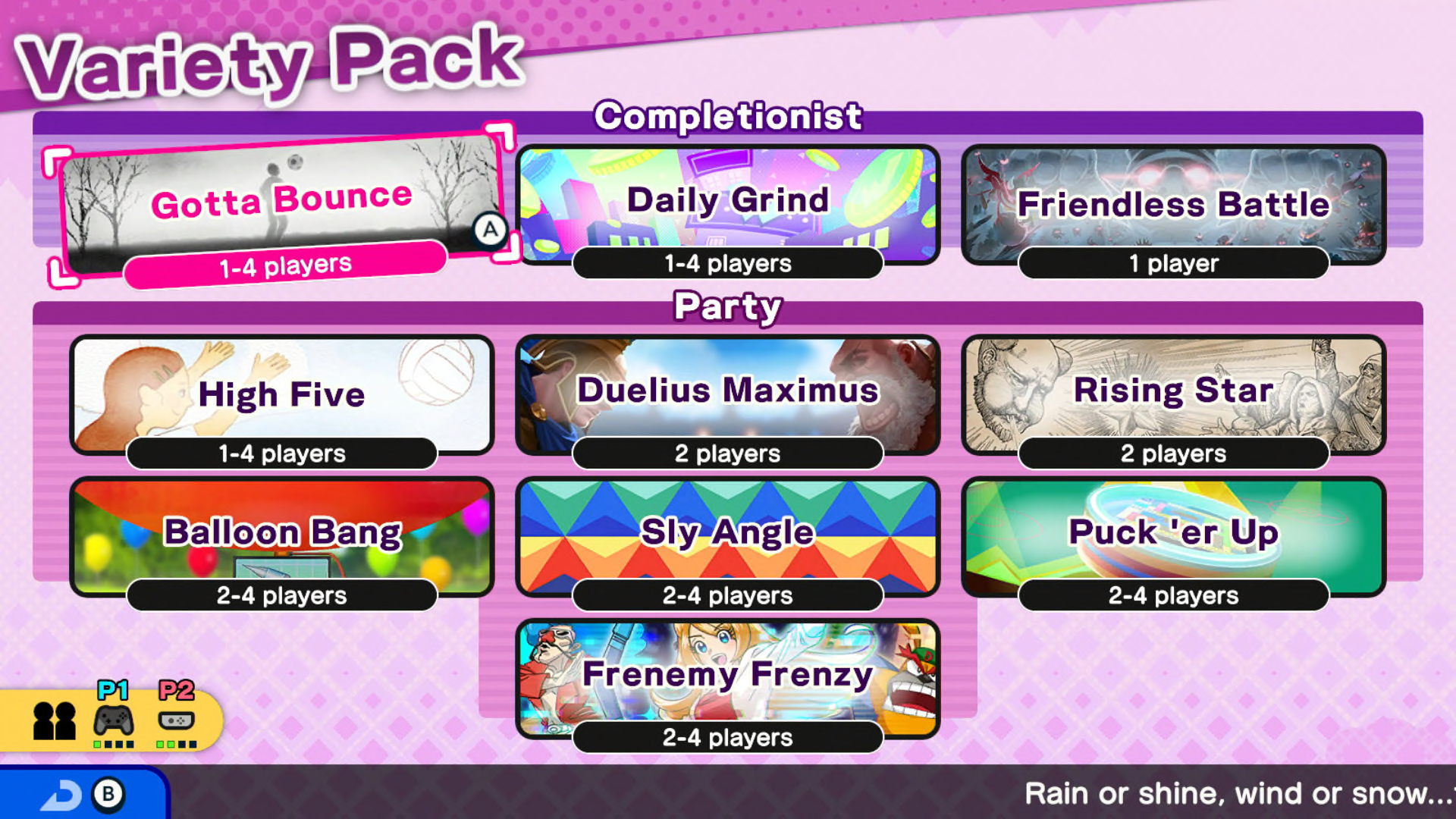

October 6, 2021
[…] Source link : Purenintendo […]